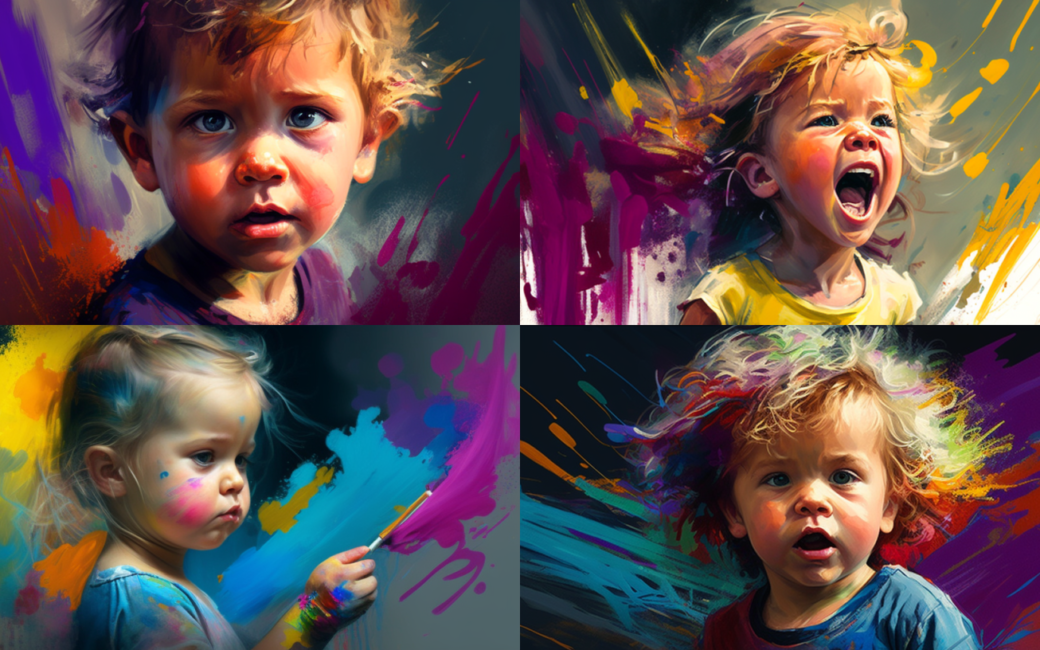Art is often seen as just a fun activity for children to do, but it is so much more than that. Art has been shown to have numerous benefits for children’s mental development, including improved creativity, problem-solving skills, and emotional regulation. In this article, we will explore how art can help children’s mental development and provide tips for parents and educators to incorporate art into children’s lives.
The Importance of Art in Children’s Lives
Art is a form of self-expression, and for children, this can be an important outlet for their thoughts and feelings. Through art, children can explore their emotions and express them in a safe and non-threatening way. This can be particularly helpful for children who struggle with verbal communication or have difficulty expressing their emotions.
Art can also help children develop their creativity and imagination. By creating art, children are encouraged to think outside the box and come up with new and innovative ideas. This can be useful in all areas of life, not just in art-related fields.
The Benefits of Art on Mental Development
Improved Problem-Solving Skills
Creating art requires children to think critically and problem-solve. They may need to decide what materials to use, how to arrange them, and how to achieve the desired effect. This can help children develop their problem-solving skills and improve their ability to think critically.
Increased Emotional Regulation
Art can be a therapeutic activity for children, helping them to regulate their emotions and reduce stress. When children create art, they are often in a state of flow, which is a state of deep focus and concentration. This can be calming and help children regulate their emotions.
Boost in Self-Esteem
When children create art, they have a sense of accomplishment and pride in their work. This can boost their self-esteem and confidence, which can carry over into other areas of their lives.
Improved Fine Motor Skills
Creating art often requires fine motor skills, such as gripping a paintbrush or manipulating clay. By engaging in art activities, children can improve their fine motor skills, which can be useful in all areas of life.
Tips for Incorporating Art into Children’s Lives
Provide Art Supplies
Make sure children have access to a variety of art supplies, including paint, markers, crayons, clay, and paper. This will allow them to experiment with different materials and find what they enjoy the most.
Encourage Creativity
Encourage children to be creative and come up with their own ideas. Avoid giving them strict instructions or guidelines, as this can stifle their creativity.
Display Artwork
Displaying children’s artwork can be a great way to boost their self-esteem and make them feel proud of their creations. Consider framing and hanging their artwork or creating a special art display area in your home or classroom.
Incorporate Art into Learning
Art can be incorporated into other areas of learning, such as science or social studies. For example, children can create art projects related to the solar system or historical events.
Make it Fun
Above all, make art a fun and enjoyable activity for children. Encourage them to experiment and explore different materials and techniques. Avoid putting too much pressure on them to create a perfect masterpiece, as this can be stressful and counterproductive. You can create custom stickers which are fun and unique for children.
Conclusion
In conclusion, art is an important activity for children that can have numerous benefits for their mental development. By providing children with art supplies, encouraging creativity, and incorporating art into learning, parents and educators can help children reap the benefits of art. So next time you’re looking for an activity for your child, consider breaking out the art supplies and letting them create something beautiful.

